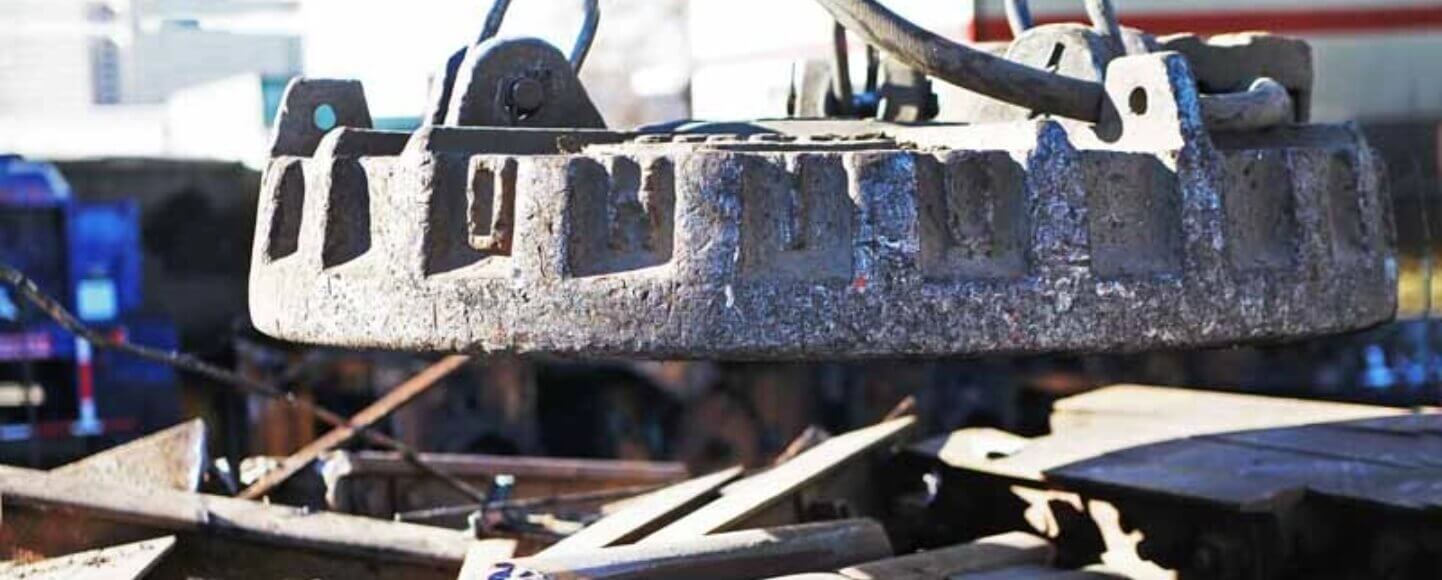The common Lead acid battery – mostly produced to supply the auto industry, provides the electrical impulse required to start a vehicle and stabilizes the energy supply that keeps an engine running. They contain Lead plates which account for approximately 52% of the overall weight of the battery.
Lead acid batteries have a variety of applications, including industrial batteries designed to power equipment such as forklift batteries, as well as VRLA, Wet Cell, UPS or stand-by batteries, used to back-up computer/data centers and communication systems to maintain continued service in the event of a power outage.
Value of Scrap Lead Acid Batteries is Dependent on the Lead Commodity Trading Price
The value of end-of-life, scrap Lead acid batteries is influenced by a few factors. Primarily, Lead is traded as a commodity on the London Metal Exchange. Trading of metals, including Lead, affects the value of the metal on the world markets. Since metal traders determine the global base price of Lead, and Lead is the dominant component of a Lead acid battery, the value of the battery as a scrap item is highly impacted by the daily Lead commodity price.
Trends in Global Auto Industry Have a Bearing on the Value of Scrap Batteries
A major influencer on the value of Lead & auto batteries is the global auto industry. Auto batteries are installed in the majority of vehicles built globally. For example, the demand for Lead is forecast to drop in 2019, due to declining auto production in tandem with the emergence of the Electric Vehicle (EV’s) which rely on Lithium Ion (Li Ion) batteries instead of Lead acid batteries.
China’s demand for refined Lead in 2019 is expected to drop by 1.1% compared to 2018. The Chinese auto industry’s demand for Lead in 2020 is forecasted to fall by an additional 5%. Likewise in the US & Europe, the 2019 underperformance in the auto sector is forecast to result in a 7% drop in Lead usage for the year.
Auto battery shipments decreased in the US by over 3% in the 1st through 3rd quarters in 2019, compared with the same period in 2018. The anticipated recovery in the auto sector in the US & Europe in 2020 is forecast to increase demand for Lead by 1.2% & 0.8% respectively.
However, due to public policy, growing consumer demand for EV’s & long-term commitment of some countries like China to build EV’s, the increased use of Li ion batteries will probably reduce the demand for Lead acid batteries & therefore lower their scrap price.
Weather Conditions Can Affect Scrap Lead Acid Battery Prices Too
An additional factor determining the value of scrap batteries is the weather. In countries with winter & summer climates, after the high summer temperatures quicken corrosion of battery plates & vaporize acid faster, these conditions usually manifest themselves during periods of cold temperatures, causing the batteries to fail.
Typically in summer months, there is an increased demand by auto battery mills (recyclers) for old batteries since there are fewer dead batteries available as scrap for their production levels. If the mills’ customers (usually from the auto sector) experience high demand from consumers for new cars & trucks, the battery mills must buy more scrap batteries to meet the demand for new battery production. Higher demand results in increased scrap values for the scrap metal dealers & their suppliers. However, during colder months, when the supply of dead batteries increases, the demand & scrap value tend to fall.
Scrap Battery Prices are Influenced by Supply & Demand in the Lead Mine Sector
Lastly, the global Lead mine industry also affects scrap battery prices. A 1.7% rise in refined Lead supply to 12 million tons is forecast for 2020. Refined Lead is produced from Lead ore. Mine expansions, greater production & Lead ore output as well as decreased ore supply due to operational issues such as environmental & work force conditions (labor strikes) cause Lead ore values to fluctuate.
The supply levels of raw Lead can eventually impact the value of scrap batteries. For example, if Lead acid battery manufacturers cannot rely on ample supply of refined Lead to meet their production schedules, they may increase the price they pay battery mills for the Lead that the mills capture from recycling batteries. This can result in the scrap dealers who supply the batteries to the mill, to receive higher prices for their battery scrap. The scrap dealers can then raise the price they pay their suppliers for batteries.
In summary, all of the above factors combine to determine what a scrap battery is worth as a recyclable product. Call H&C Metals, one of the largest buyers of scrap batteries in NJ, to find out what we are paying for them today.


